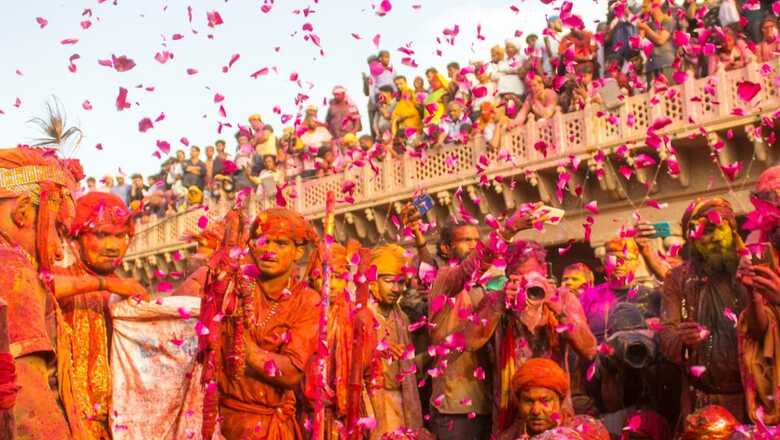
views
HOLI 2023: Holi is popularly referred to as the festival of colours. This vibrant festival essentially is the occasion to spread joy, harmony and happiness in the society. The festival of colours is one of the most popular spring festivities. The Holi festival reminds people to let go of grudges and come together to spread joy and love. Friends and family gather to smear colours and splash water while dancing to the beat of dhol.
It is a well-known Indian festival associated with Hindu mythology that is celebrated not only in India but also throughout the world. While the entire country celebrates the spring festival, each region has its own traditions and special ways to observe the day. This year Holi will be celebrated on March 8, but the festivities have already begun in Vrindavan, the land of Lord Krishna’s childhood days.
Let’s take a look at some of the unique ways of Holi celebration across the country.
Holika Dahan
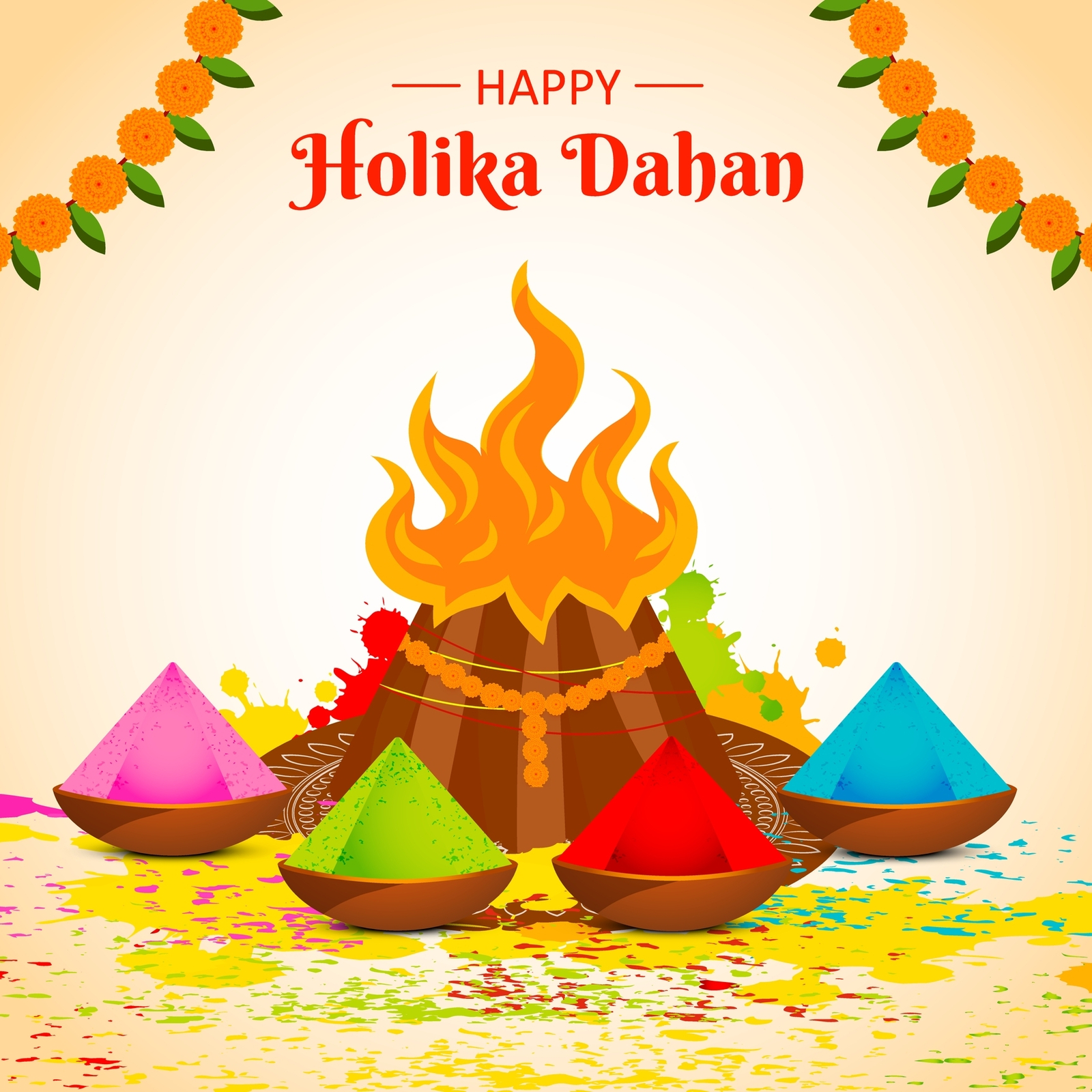
Holika Dahan commemorates the legend of Holika, the sister of demon King Hiranyakshipu who was reduced to ashes while trying to burn Lord Vishnu’s ardent devotee Prahlada in a pyre. It is celebrated on the eve of Holi and marks the triumph of good over evil.
ALSO READ: When is Holika Dahan 2023? Date, Time, History, Significance, Muhurat and All You Need to Know
People dance, chant hymns, and make offerings around the sacred bonfire every year on Holika Dahan day, which is also known as Choti Holi. It is a common belief that wishes made in front of the bonfire come true. The bonfire is said to relieve us of all negativity. Holika Dahan is observed with a community bonfire in the evening of the day before Holi.
Lathmar Holi
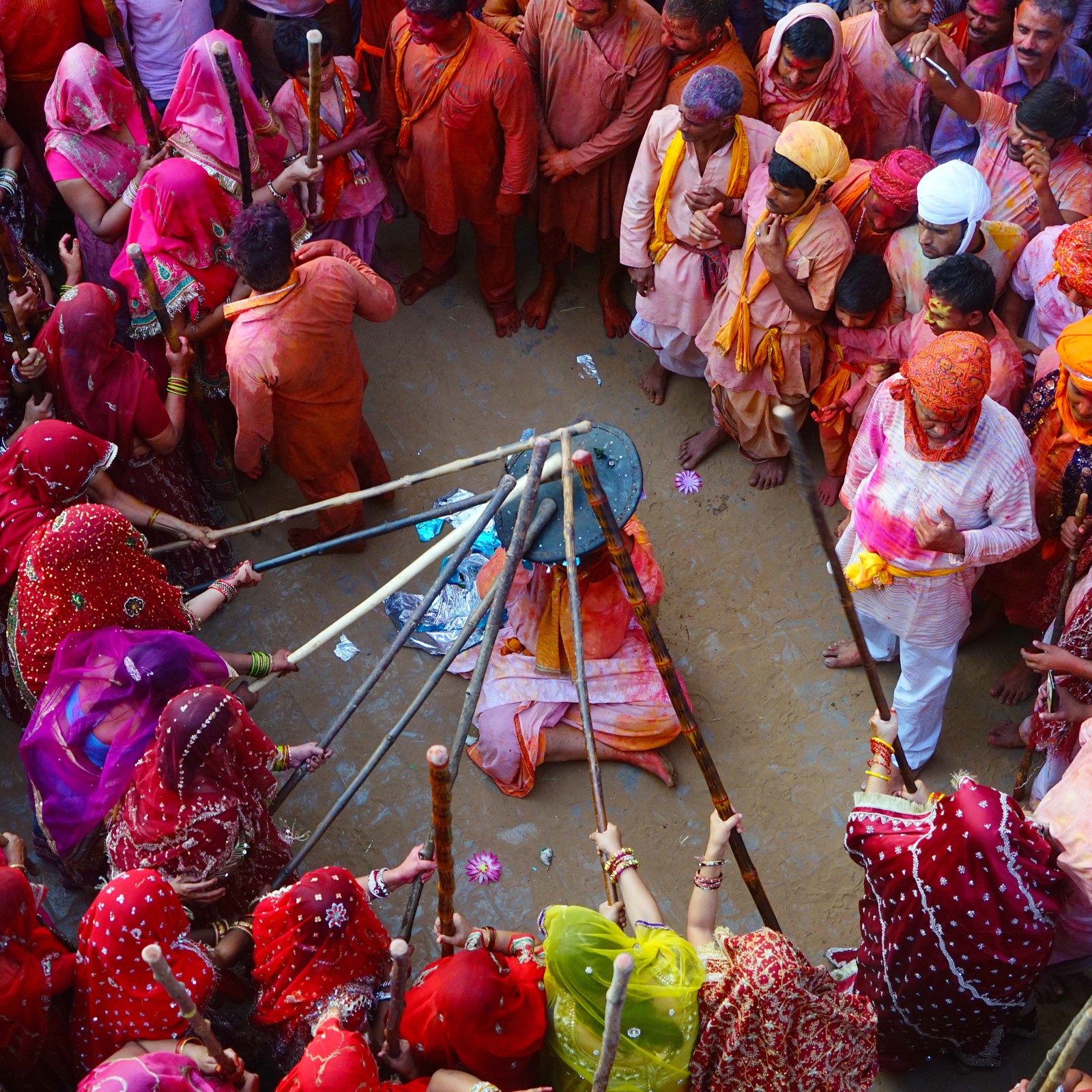
The Lathmar Holi of Barsana, believed to be the birthplace of Goddess Radha, in Mathura district of Uttar Pradesh is world famous. The Holi celebration in Barsana has drawn its name from the unique way of observing the day. The women of the village beat men with huge sticks called lath or lathi on the occasion of Holi. The men are forced to defend themselves with wooden shields amid the splashing of colour and gulal. Lathmar Holi draws lakhs of people from across India and abroad every year.
Dol Jatra

Holi is celebrated as Dol Jatra in eastern part, mainly in Odisha and West Bengal . The festival begins with Lord Krishna’s worship, and the idols of Lord Krishna and Radha are placed on swings, with devotees trying to get a chance to swing them, which is considered auspicious. People smear each other’s faces with red and pink colour powders known as ‘abeer.’ People sing along and dance to traditional music or folk songs as well. In many places during the Holi week the idols of Lord Radha-Krishna are also taken out on palanquins on a procession.
Bhasm Holi in Varanasi
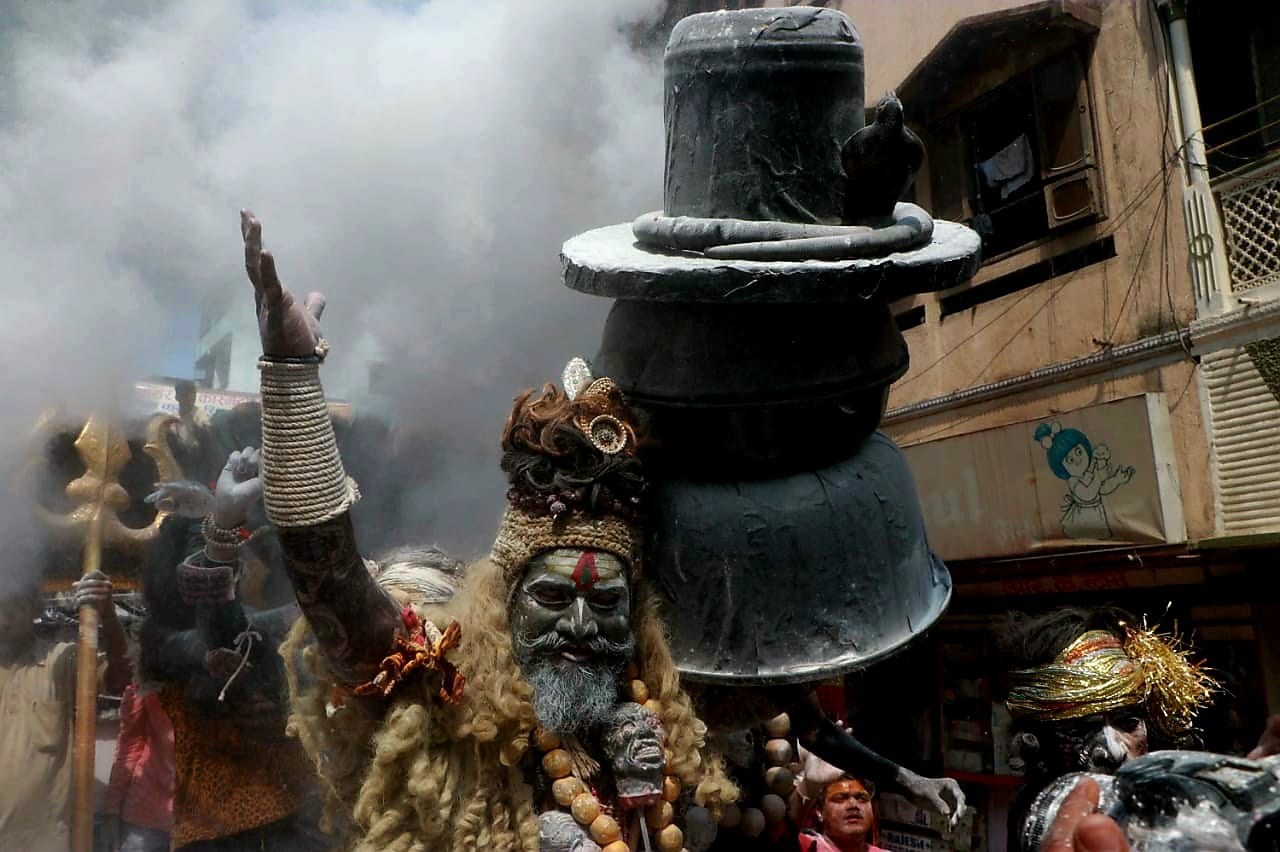
In Varanasi, the land of Lord Vishwanath, there is a unique tradition of playing Holi with the ash from the funeral pyre. This Holi tradition is more prevalent among the saints, Aghoris and Naga Sadhus. As the name suggests, Chita Bhasm Holi or Masan Holi, is celebrated at the cremation ground in Varanasi by smearing ashes from the funeral pyre. It’s believed that Lord Shiva visits the cremation ground, the famous Manikarnika Ghat in Varanasi, on this day to celebrate Bhasm Holi. The Aghoris and Naga Sadhus play Holi with ashes to pay obeisance to Lord Vishwanath.
Phool Wali Holi

Phool Wali Holi is quite popular among the tourists who visit the holy city of Vrindavan. Before the Holi day, Phool Wali Holi is celebrated. This year Phool Wali Holi at the famous Bankebihari temple of Vrindavan will be celebrated on March 3, as per the panchang. On this day colourful flower petals are showered on the idols Radha-Krishna at the temple.
Read all the Latest Lifestyle News here















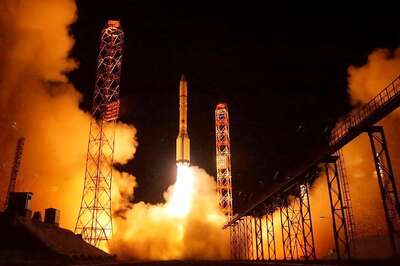




Comments
0 comment